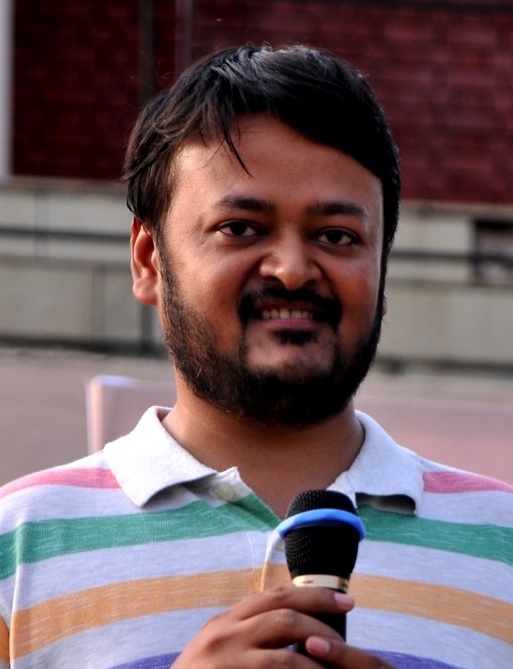Colloquium299
Colloquium # 299
Can ergodicity impede statistical equilibration, and non-ergodicity support it?
By Kushal K. Shah,
Associate Professor and Head, EECS Dept
Coordinator, Data Science & Engineering
Indian Institute of Science Education & Research [IISER] Bhopal
Friday, Dec 20th 2019 at 3:30 PM
Seminar Hall

Abstract
Equilibration of statistical systems is an experimentally observed fact, but is not very well understood from a dynamical perspective. An important dynamical model used to study this equilibration process is a particle of mass, m, moving along straight lines within a springy billiard and undergoing elastic collisions at the boundaries. It is known that if such springy billiards are ergodic, adiabatic invariants can prevent equilibration of these systems, especially when the mass of the particle, m, is much smaller than the mass of the moving billiard wall, M [1,2]. However, counter intuitively, we have shown that if a springy billiard is non-ergodic (i.e. has multiple ergodic components), then its equilibration rate can remain non-zero even in the limit of vanishing mass ratio (m/M tends to zero) [3]. Interestingly, it turns out that in the case of ergodic billiards, if the time of ergodization in the frozen system is much longer than the time of equilibration, then also the system can still equilibrate over a finite time-scale for vanishing mass ratio [4].
[1] Neishtadt A. I. and Sinai Y. G. (2004) Adiabatic piston as a dynamical system. J. Stat. Phys. 116:815
[2] Wright P. (2007) The periodic oscillation of an adiabatic piston in two or three dimensions. Commun. Math. Phys. 275:553
[3] Shah K., Turaev D., Gelfreich V. and Rom-Kedar V. (2017) Equilibration of energy in slow-fast systems. Proc. Natl. Acad. Sci. USA 114:E10514
[4] Shah K. (2019) Smooth phase transition of energy equilibration in a springy Sinai billiard. Physical Review E 99:062204
About the speaker
Dr. Kushal Shah completed his BTech in 2005 and PhD in 2009, both from the Electrical Engineering Department of IIT Madras. In 2009-10, he went to Weizmann Institute of Science in Israel for a post-doctoral fellowship. He joined Jawaharlal Nehru University (New Delhi) as an Assistant Professor in 2010 and in 2012, he was conferred with the GN Ramachandran fellowship by the university. In May 2012, he joined IIT Delhi as an Assistant Professor in the Electrical Engineering Department and moved to IISER Bhopal in August 2017 as an Associate Professor in the Department of Electrical Engineering & Computer Science. He was awarded the INAE Young Engineer Award in 2014. His primary research interests include Dynamical Systems, Signal Processing and Artificial Intelligence.

